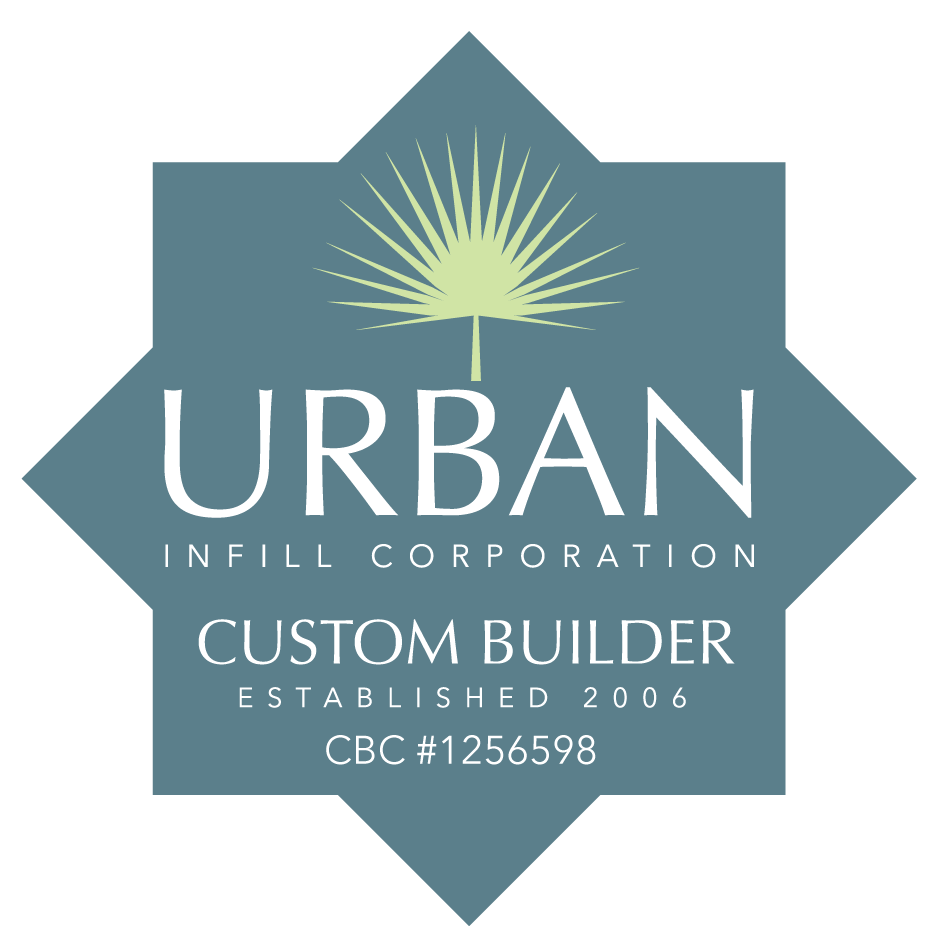Financing
We work closely with local banks for various types of financing for home construction and purchasing.
Construction Loans
Diana Blanchard
Centennial Bank
(850) 316-2048
Tracey McClurd
Synovus Bank
(850) 436-6538
Mickey Clinard
Renasant Bank
(850) 776-2909
Nick Redhead
Guaranteed Rate Affinity
(850) 529-0282
Don’t let financing be a concern, more than likely, we can assist with putting you in one of our unique homes today.
The Process
The construction perm loan process, short for construction-permanent loan, is a type of financing used for building a new home or renovating an existing property. It combines the features of a construction loan, which funds the building phase of the project, with a permanent mortgage that converts once construction is complete. Here’s a step-by-step overview of the construction perm loan process:
Prequalification: The borrower (homeowner or developer) begins by meeting with a lender to determine their eligibility for a construction perm loan. This involves providing financial information such as income, assets, and credit history.
Initial Application: Once prequalified, the borrower submits a formal loan application to the lender. The application includes details about the construction project, such as plans, cost estimates, and timelines.
Approval and Underwriting: The lender reviews the application, assessing the borrower’s creditworthiness and the feasibility of the construction project. This process may involve verifying income, appraising the property, and conducting a title search.
Loan Agreement: If approved, the lender provides a loan agreement outlining the terms and conditions of the construction perm loan. This includes the loan amount, interest rate, repayment schedule, and any other relevant terms.
Closing and Disbursement: Once the loan agreement is signed, the borrower pays any closing costs and fees associated with the loan. The lender then disburses funds for the construction phase of the project as needed, typically in predetermined stages or “draws.”
Construction Phase: With funding in place, construction begins according to the project timeline and specifications. The borrower works with contractors and builders to oversee the construction process, ensuring that work is completed to satisfaction and in compliance with building codes.
Inspections: Throughout the construction phase, the lender conducts periodic inspections to verify that work has been completed as planned and that funds are being used appropriately. These inspections help mitigate risk for the lender and ensure the quality of the finished property.
Conversion to Permanent Mortgage: Once construction is complete, the construction loan transitions into a permanent mortgage. This involves finalizing the loan terms, such as the interest rate and repayment schedule, and updating the loan documentation accordingly.
Final Inspection and Appraisal: Before finalizing the permanent mortgage, the lender may conduct a final inspection and appraisal of the property to confirm its value and condition. This helps determine the appropriate loan amount for the permanent mortgage.
Closing on Permanent Mortgage: With the construction project successfully completed and all requirements met, the borrower closes on the permanent mortgage. This involves signing the necessary paperwork and paying any remaining closing costs and fees.
Repayment: Once the permanent mortgage is in place, the borrower begins making regular payments according to the terms of the loan. These payments typically include principal and interest and continue until the loan is fully repaid.
Overall, the construction perm loan process involves careful planning, coordination, and oversight to ensure a successful outcome for both the borrower and the lender. By understanding the steps involved and working closely with experienced professionals, borrowers can navigate the process with confidence and achieve their construction goals.
Where We Work
Urban is proud to serve Pensacola and the surrounding areas. If you live in or around Pensacola, we'd be happy to talk about your custom home or home renovation project!
- Pensacola
- Chandelle
- Gulf Breeze
- Woodlawn Beach
- Tiger Point
- Navarre
- Pace
- Perdido Key
- Pensacola Beach
- Milton
John E.
Chris Vail is unlike many contractors that I've ever worked with, and as a real estate professional that has worked with him on a number of projects, his approach is refreshing and appreciated. He is attentive and conscientious of his clients' wants and needs, and will go to great lengths to accommodate them. He is communicative, and has implemented software tools to bring more transparency into the building process - simplifying the selection process for a custom build and allowing clients to see the progress even if they're living afar. I am proud of every Urban Infill project I've been involved in!
Jennifer K.
When we were ready to build our second home in Florida, we contacted Chris and Urban Infill. We had met with multiple companies but Chris seemed to best understand what we wanted for our home, so we chose Urban Infill.
Chris spent significant time speaking with us to understand our needs and help prepare us for the journey ahead. He provided excellent design suggestions and was patient with us while helping to select the best materials to achieve the outcome we desired. The team at Urban Infill was very friendly and exceeded our expectations throughout the process. Who knew building a home could be stress-free? Our new home was completed on time and is absolutely beautiful thanks to Chris and Urban Infill!
Misty W.
I first met Chris of Urban Infill at a charity event in 2016 when I was contemplating building a home from scratch. Meeting Chris turned out to be a huge blessing. I had a very specific idea of what I wanted and Chris helped me improve upon it. He gave me some amazing ideas that I hadn't considered, and suggested some changes to my original idea that ended up being 1000% better. His extensive knowledge and professionalism made it easy to choose his company to do the job. I would say that I would use Urban Infill again, except that I won’t need to!



